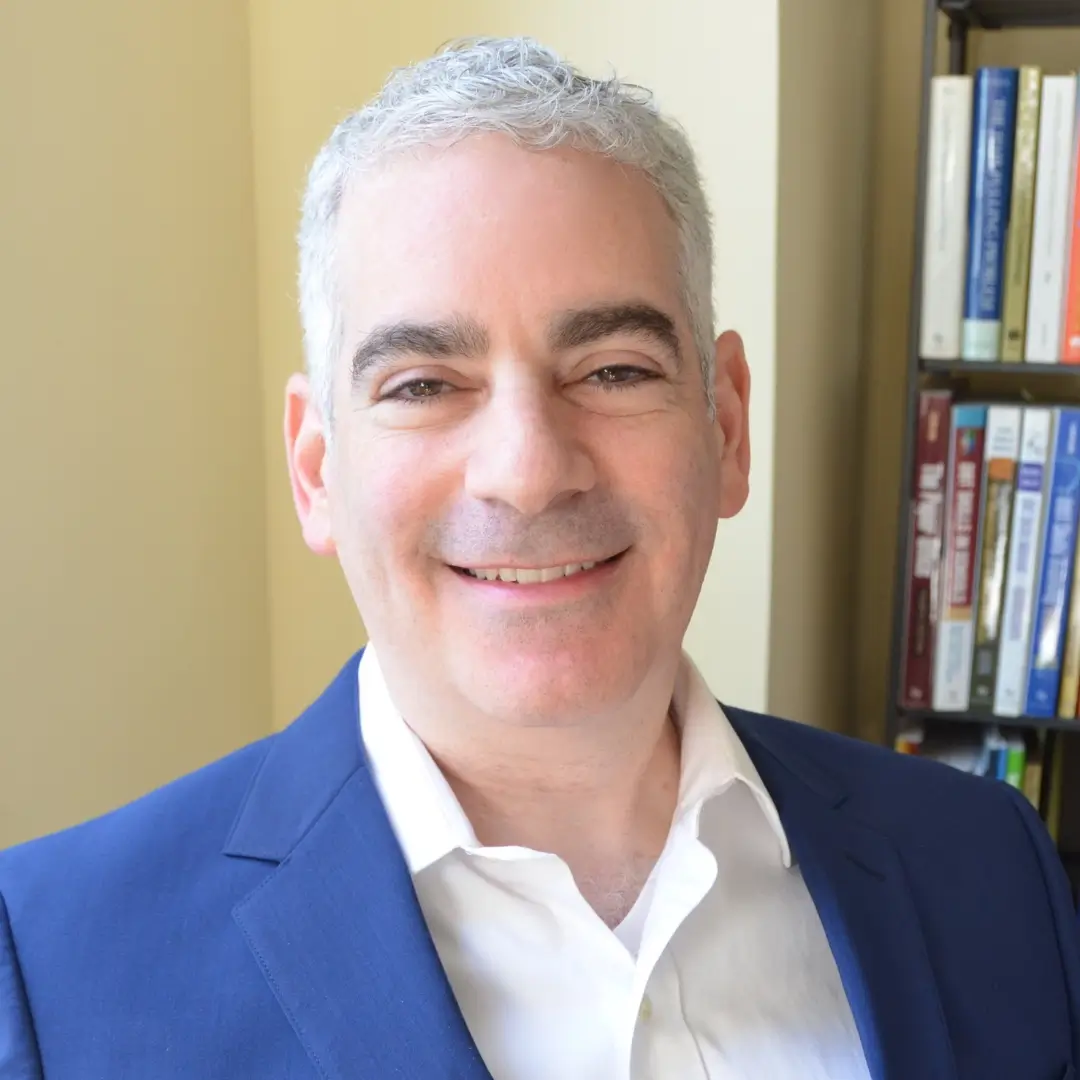Updated: March 15th, 2025
Sometimes we all skip out on things we don’t like. How is that relevant to anxiety? Very! Learn why avoidance may be the most important thing you’re overlooking to improve your anxiety.
Why Is Avoidance So Important?
We all try to get more of the things we like and less of the things we don’t. People of any age do this, and so do animals — it’s universal.
How could this be a problem? For people with anxiety issues, this natural tendency causes real difficulties.
People with anxiety disorders dislike being anxious. So does everyone, right? The problem is that when someone has:
- a tendency to become quite anxious, and
- strong habits of avoiding things that make them anxious,
anxiety disorders often develop. Anxiety disorders create significant problems in the lives of those who suffer from them. Examples of anxiety disorders include panic disorder, obsessive-compulsive disorder, social anxiety disorder, and phobias.
So how exactly does avoidance lead to anxiety disorders?
What Is Avoidance Conditioning?
Avoiding something once is not a big deal. Even avoiding it ten times is unlikely to affect your life too much. But over time and with enough repetition, this habit worsens your anxiety through a process called avoidance conditioning.
The concept of avoidance conditioning is this: the more you keep your anxiety in check by avoiding something, the more likely you are to continue avoiding it. This is true no matter how important that thing might be for your life. (This cycle is a form of negative reinforcement, an important concept in understanding anxiety.)
Here’s an example: let’s say you’re anxious about doing online dating. Every day you think about doing it — but don’t act on that thought — makes it easier to skip it the next day, and the next, and the next. Eventually, dating falls off your radar altogether.
Here’s another example: let’s say you love to go jogging. One day you suffer a bad ankle sprain while jogging down a street near your home. After you’ve healed, you might be inclined to skip jogging altogether, thinking, better safe than sorry. This might feel reasonable in the short-term, but eventually, you may find that your health has suffered from doing less exercise, and you find yourself with one less passion in your life.
Learn to Recognize the Behaviors
Sometimes avoidance behaviors are subtle and don’t seem to have any impact. For example, if you have social anxiety and avoid making small talk with cashiers, it’s hard to argue this will affect your life too much. Same thing with someone who has OCD and prefers not to touch door handles without using a tissue to do so. For some people, these choices don’t really make a big difference.
However, for people with more pronounced anxiety problems, it’s important to try to eliminate even the small avoidance behaviors like the ones described above. This is because these small behaviors have become part of a larger unhealthy network of behaviors and thought patterns.
How Avoidance Slowly Builds Up
For some people, avoidance has become a way of life. One of the tricks that helps undo avoidance is recognizing how it seduced you in the first place.
Consider the case of Evelyn.
Evelyn had anxiety like most people do but it was never bad until she was in college. One night she went out to the movies with some friends. During the movie, she started to sweat and feel uneasy. Something in her told her “I’ve gotta get outta here!” Unfortunately, she was in a middle seat of her row in a packed theater — she’d have to climb over 15 strangers to leave, and then her friends would wonder where she went. Eventually, she couldn’t take it anymore and she left. She went outdoors and got some fresh air and then felt better.
The next week she was in a crowded restaurant with her boyfriend and felt similarly uncomfortable and panicky. She made an excuse and stepped outside. Again she felt better right away. After a few months, being in any kind of crowded place such as the subway, waiting in line, or being at a well-attended party became impossible for her.
How did this happen to Evelyn? Every time she felt anxious, she avoided something and then felt better. Over time, not only did she avoid more and more things, but she also felt increasing anxiety when confronted with the situations she avoided. For those with anxiety disorders, this is often how avoidance goes from being a hobby to a way of life.
“Avoidance” is not a commonly used term… except by cognitive-behavioral therapists.
Why Do Cognitive-Behavioral Therapists Focus On Avoidance?
For one, it helps explain a lot of the complexities that anxiety disorders can have. But there are two bigger reasons.
1) It’s reversible
Avoidance is something we can lessen or reverse. This greatly helps improve anxiety.
RELATED: What is cognitive-behavioral therapy?
Sometimes, If we remove it in a smart and skillful way, anxiety falls apart relatively quickly. Other times it takes a lot more work, but success is still possible and realistic.
2) It helps explain how the problem began
Avoidance helps explain either how the problem started or what made it worse. This is often true for people who have phobias, including agoraphobia. For example, if you have a fear of taking the subway or train, your CBT therapist may ask you about how and when this fear developed. For many people, such a fear can start if one has a panic attack in an enclosed space like a subway or train. After that, the more you decide to opt for buses or taxis instead, the stronger the phobia becomes.

The Secret to Overcoming Anxiety
The secret to overcoming anxiety is overcoming avoidance. Whether that’s avoiding people, situations, places, things, feelings, memories, or even thoughts… if you have problems with anxiety, gradually reducing the number of circumstances you avoid is likely to help. You can do this most effectively with the guidance of a CBT therapist, who can help you identify things you avoid, decide what to avoid less, and how quickly to do that. These are often tough decisions to make on your own, but with guidance, it can be done.
If you’re interested to work with a CBT therapist to reduce avoidance or address anxiety in your life, please contact us using the button below.









